Growing your own mushrooms at home can be a transformative experience, and if you're looking to…
How to Make a Homemade Mushroom Terrarium Using Mushroom Spore Kit
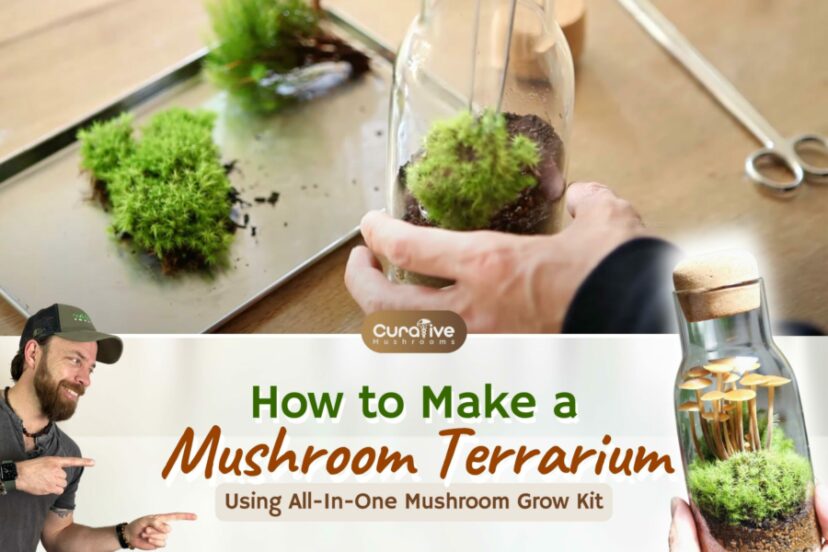
Growing mushrooms in a glass container with miniature plants sounds like fun! Here, we show you how to make a mushroom terrarium using an all-in-one mushroom spore kit. Plus tips on how to maintain it for years!
Building a mushroom terrarium doesn’t need to be complicated.
What is a Mushroom Terrarium?

First off, let’s have a background about mushroom terrariums. A terrarium is a type of vivarium (“viva,” which means “alive”) alongside an aquarium, paludarium, and riparium.
Terrarium came from the word “terra” which means “land” and “arium” which indicates a place for or associated with something.
Contrary to the popular aquarium, a terrarium is a non-aquatic enclosure consisting of terrain-like features. This container is usually modeled to look like various natural land types like the forest, jungle, or desert.
Terrariums are usually designed to provide a stable environment for animals, plants, and fungi.
Mushroom Terrarium as an Art Form
In Japanese, a mushroom terrarium is called “kinocorium” (きのこリウム), from the word “kinoco” which means “mushroom.” It is also referred to as “mushroomrium,” and is often likened to the art of making bonsai.
One person that popularized this art form is a mysterious Japanese social media channel that goes by the username “Kinocorium.” This channel’s mushroom terrariums project started in the fall of 2015 with the concept of “growing mushrooms in an aquarium.”

Starting in the fall of 2015, the Kinocorium channel has created around 50 stunning mushroom terrariums! This channel’s art form inspired lots of other vivarium and mushroom enthusiasts. They adapted this concept of growing various types of mushrooms in a container, together with mosses, succulents, & other tiny plants.
Materials You Will Need for DIY Mushroom Terrarium
A. The Basic Essentials

-
-
- Mushroom Spore Kit
- Container
- Soil (coir, peat moss, or any sterile potting mix)
- Moss, Succulents, or other tropical plants
-
B. Other Tools and Materials

-
-
- Tweezers (the grabber)
- Spoon or Trowel (the scooper)
- Spray bottle
- Aluminum Foil
- Cotton, Alcohol
-
7 Steps in Making the Mushroom Terrarium
1. Prepare a Mycelium-Colonized Substrate
Weeks or a month before designing your terrarium, you need to inoculate your grow bag with mushroom spores. With a mushroom spore syringe of your choice (whether non-edible or edible mushroom), inject 1-2 cc directly into the injection port. It will take around 12 to 21 days before your substrate fully colonize.
Another fun way to grow mushrooms in a terrarium is by incorporating mushroom spores in a tiny piece of log. This will work if the strain you’re growing is a wood-loving type like oyster mushrooms. In this case, you do not need to bury it with layers of soil.
*There are spores intended for microscopy purposes or microscopic research only because it’s illegal to germinate them. This includes magic mushrooms such as psilocybin mushroom spores or the more common golden teacher spores. Also, NOT all mushrooms are safe for human consumption. Further, there are mushrooms considered generally edible, but people tolerate their effects differently.
2. Decide on the Type, Size & Shape of the Terrarium
Choose between an open or a closed terrarium. Plants that prefer a dry environment will thrive in open terrariums. While closed terrariums are suitable for plants that grow in shady, high-humidity environments.
A glass vessel, fishbowl, flask, or jar makes an ideal container for a small terrarium. While a larger aquarium-like container can be used for a bigger terrarium.
Then, choose a location for your terrarium. It should be in a spot where there is indirect sunlight, such as near a window. However, during the first 7 days, you need to keep the terrarium in a dark area for the mushrooms to fruit.
3. Gather Your Materials
In addition to your chosen container, you will need to prepare your pebbles, potting soil, and plants (real or artificial). You need to clean or sterilize your container and other tools like scissors, tweezers, and spoon using 70% isopropyl alcohol.
Also, cut a block from your mushroom spawn. Then, wrap aluminum foil around it, exposing only the top layer where you plan for the mushrooms to sprout.
4. Create a Drainage Layer
Place rocks at the bottom of your container. This will help to prevent waterlogging and keep your plants healthy. The most recommended is pumice but you can use pebbles or charcoal.
5. Put the Foiled Mycelium Block and Layer It with the Soil
Place your mycelium block over the drainage layer. Then, level it with a layer of soil. In between gradually adding the soil layer, mist it with water.
Be sure to use potting soil specifically formulated for terrariums, as regular garden soil may contain harmful bacteria or molds. The most recommended for mushroom terrariums is akadama soil. But you can also substitute it with the cheaper and more accessible perlite or vermiculite.
6. Add a Peat Layer and Clean the Sides of the Container
The last potting layer you need to add is peat moss. You can also use nutritive alternatives such as coconut coir. Keep the top part of the mycelium block exposed.
7. Arrange Moss, Succulents, or Other Decorative Elements
For the last part, add plants to the potting soil with the aid of a tweezer. You can use real or artificial ones depending on your preference. Specifically, mosses and succulents will look good in a terrarium.
The top favorites of terrarium enthusiasts are mosses like Cushion Moss/Bun Moss (Leucobryum glaucum) and Mood Moss (Dicranum scoparium). They may also use Sheet Moss (Hypnum curvifolium); and Fern Moss (Thuidium delicatulum).
Once all of your plants are in place, mist the inside of your terrarium using a spray bottle. Then, clean again the sides with cotton.
Caring for Your Mushroom Terrarium
Assuming you have followed the instructions in the article on how to make a mushroom terrarium using a mushroom spore kit, congratulations!
You now have a beautiful and unique terrarium that is home to delicate mushrooms. Here are some tips on how to care for your new terrarium so that your mushrooms can thrive.
1. Lighting and Temperature
Mushrooms need darkness to grow, so make sure your terrarium is in a shady area. They also prefer cooler temperatures, so if possible, keep your terrarium in a spot that stays between 65-75 degrees Fahrenheit.
However, this depends on the type of mushroom you’re growing. For example, initiation of the fruiting phase of many oyster mushrooms requires a lower temperature of 20°C (68°F) and light.

2. Watering the Mushroom Terrarium
Your mushrooms will need to be misted with water about once a week. Use distilled water as tap water can contain chemicals that can harm the mushrooms. Be sure to mist the sides of the terrarium as well as the soil. Making sure not to soak the soil or leave standing water in the bottom of the terrarium.
The next time you’ll need to mist your terrarium, there will most likely be already mushrooms that have fruited. It takes around seven days for a mushroom spawn to fruit.
Top 3 Mushroom Types to Easily Grow in a Terrarium Glass
Here, we show you the top 3 mushrooms you can easily grow in an open terrarium or a closed terrarium. All of which are edible!
1. Oyster Mushroom
This edible mushroom, specifically the Pink Flamingo Oyster (Pleurotus djamor) is every grower’s favorite! With its pale and intricate pink folds, it will surely look very beautiful in a mini terrrarium.
Oysters grow on dead and decaying wooden logs. You can incorporate the spawn into your terrarium in two ways: One is by using a pre-inoculated log, which is done by inoculating mushroom spores directly into the wood; the other is by hollowing out a piece of wood and inserting the colonized substrate.
Most oyster mushrooms don’t have an obvious stem. While some varieties do have one, it is usually stubby and short. Thus, you will most appreciate the beauty of Oysters in a mushroom terrarium when they are situated above the soil layer.
2. Enoki Mushroom
The enoki mushroom (Flammulina velutipes) is a type of fungi that you can commonly find as an ingredient in Japanese cuisine. Its other common names are Enokitake and Enoko-take. This mushroom has a delicate flavor when young and is a favorite ingredient for soups and salads.
Just like the Oysters, it is a wood-loving type. However, Enoki has a long stem and will look good in a terrarium glass both ways. Either implant the spawn in the terrarium’s soil layer, or place the inoculated log right on top of it.
This mushroom, in a terrarium, can grow tall and its cap widens as it matures. So if you have a large glass container such as a wardian case, Enokis are an ideal type to grow.
3. Chestnut Mushroom
The chestnut mushroom (Pholiota adiposa), also known as Cinnamon caps or Fat Pholiota tastes even better than it looks amazing! This mushroom has a bulky stem that elongates as it matures. It has gold to yellow caps with white or brown spiky scales.
Chestnuts grow in dense clusters on hardwoods. Which makes them ideal when planted with both types of moss. The spreading carpet-like pleurocarpous and the upright acrocarpous moss.
You can have a little fun by growing Chestnuts in a glass orb, an air plant or a hanging glass terrarium.
How to Grow Mushrooms in a Terrarium | Wrapping Up

Making your basic mushroom terrarium only takes seven easy steps with a mushroom spore kit.
Once your terrarium has fruited its first flush of mushrooms, it can stay around two weeks. Then, it will disintegrate into organic matter that will play a part in the terrarium’s nutrient cycle. Even when the fruiting body dies, the mycelium underneath can still produce more flushes. And your terrarium can fruit around twice a year!
Creating and maintaining a mushroom terrarium is an enjoyable and therapeutic form of art. It’s like having a miniature garden inside your home. A great way to decorate your space! Happy mushroom growing!

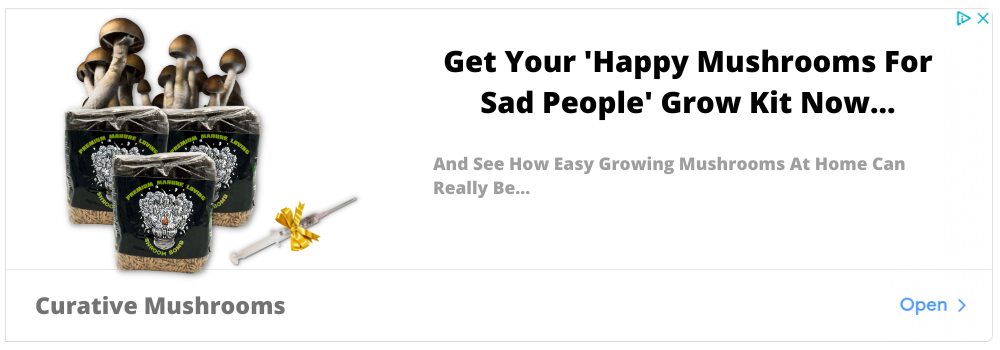
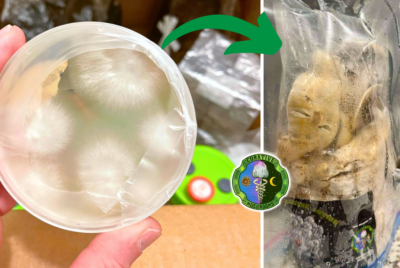
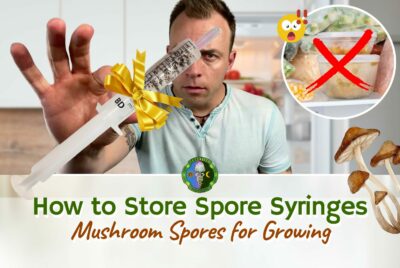

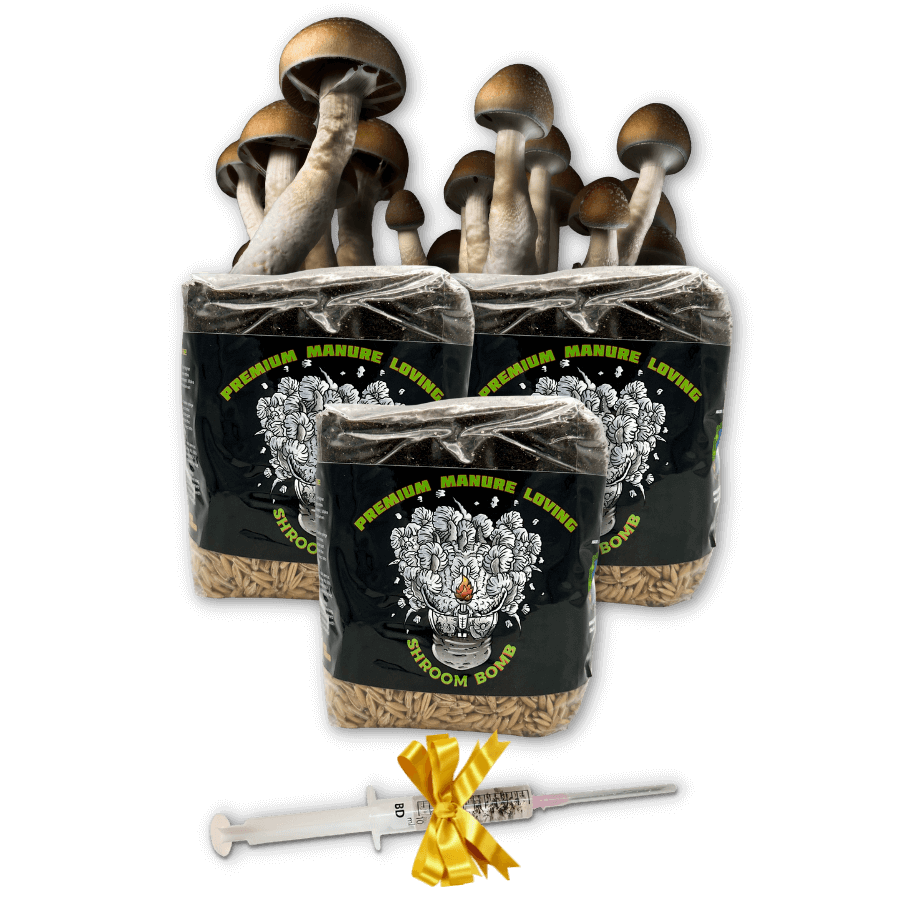

[…] How to Make a Mushroom Terrarium (Kinocorium) Using Grow Kit […]